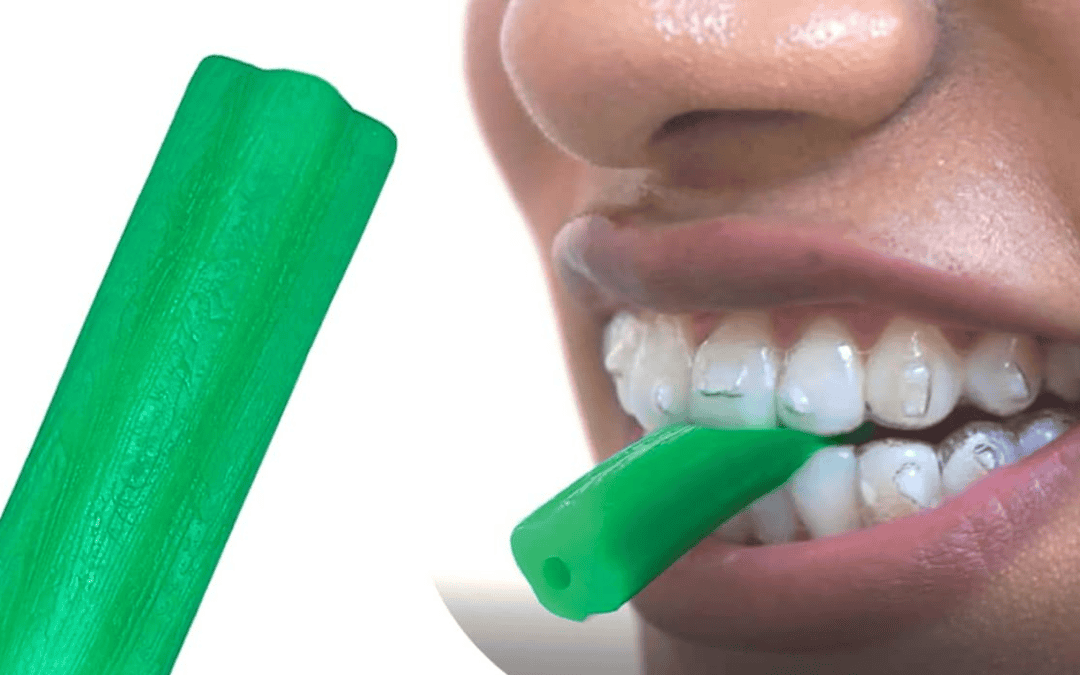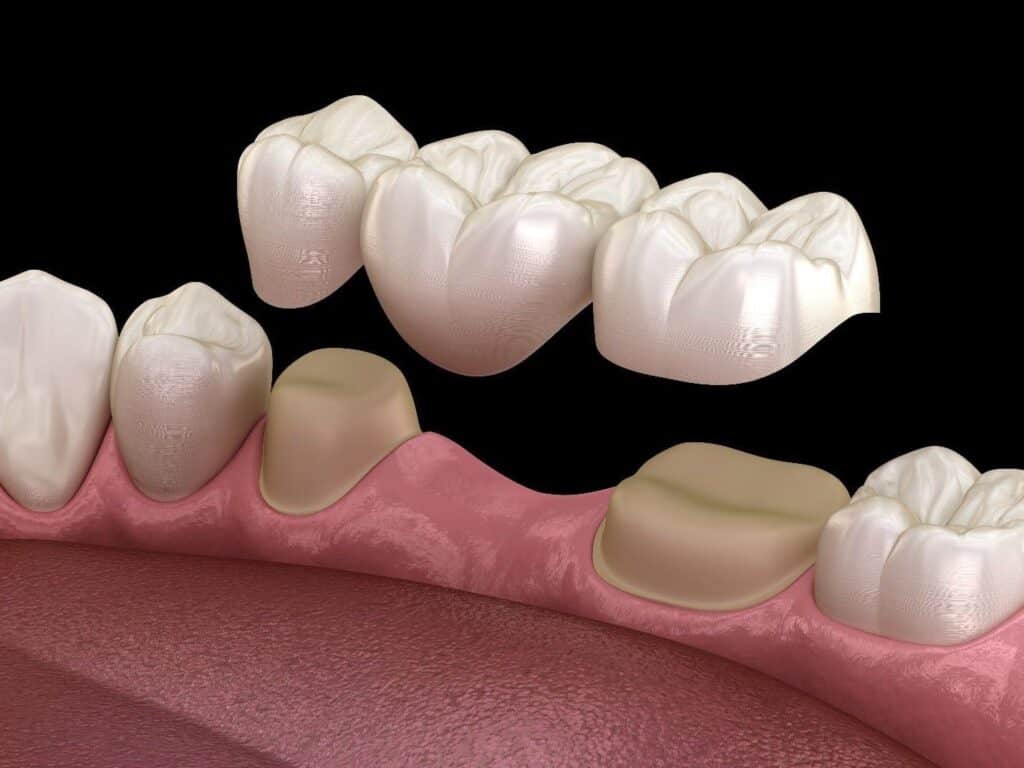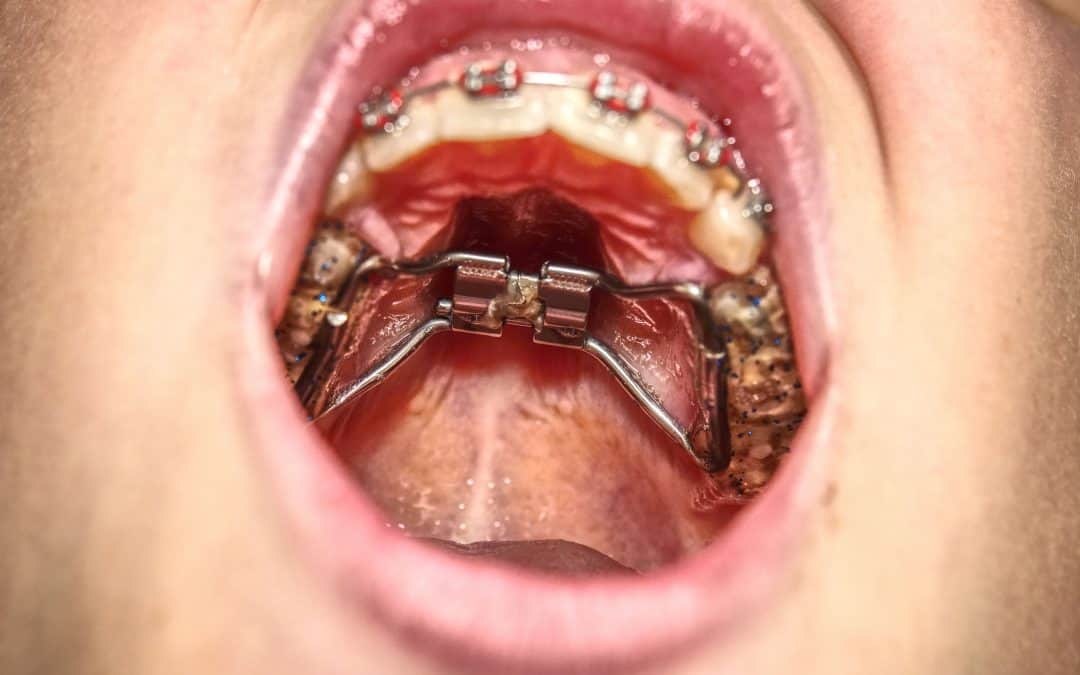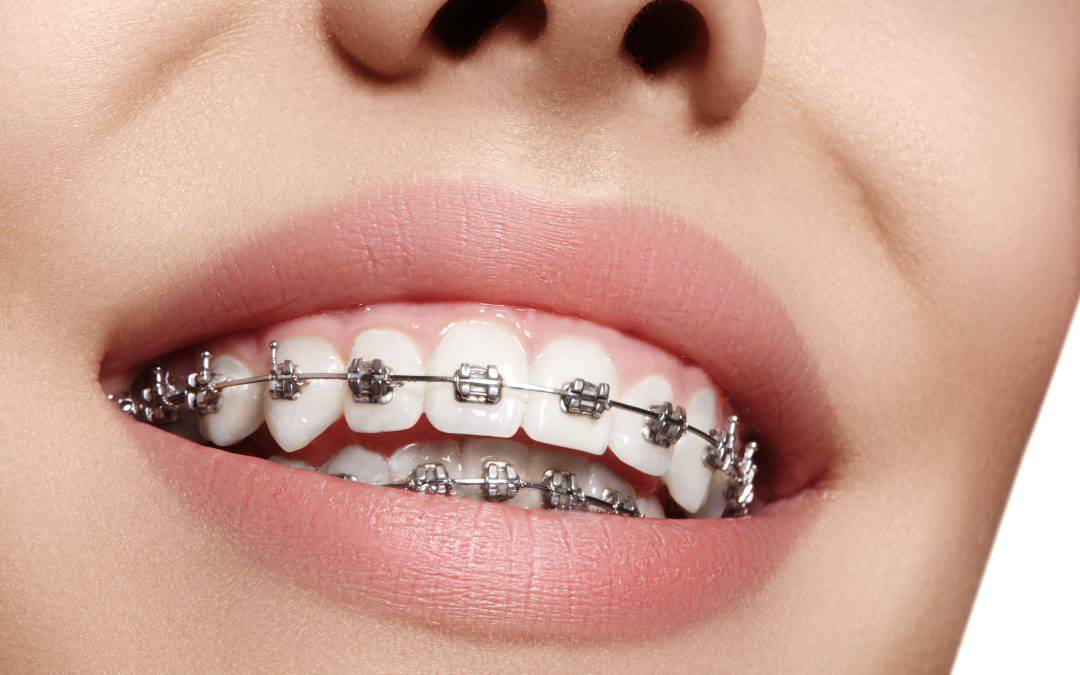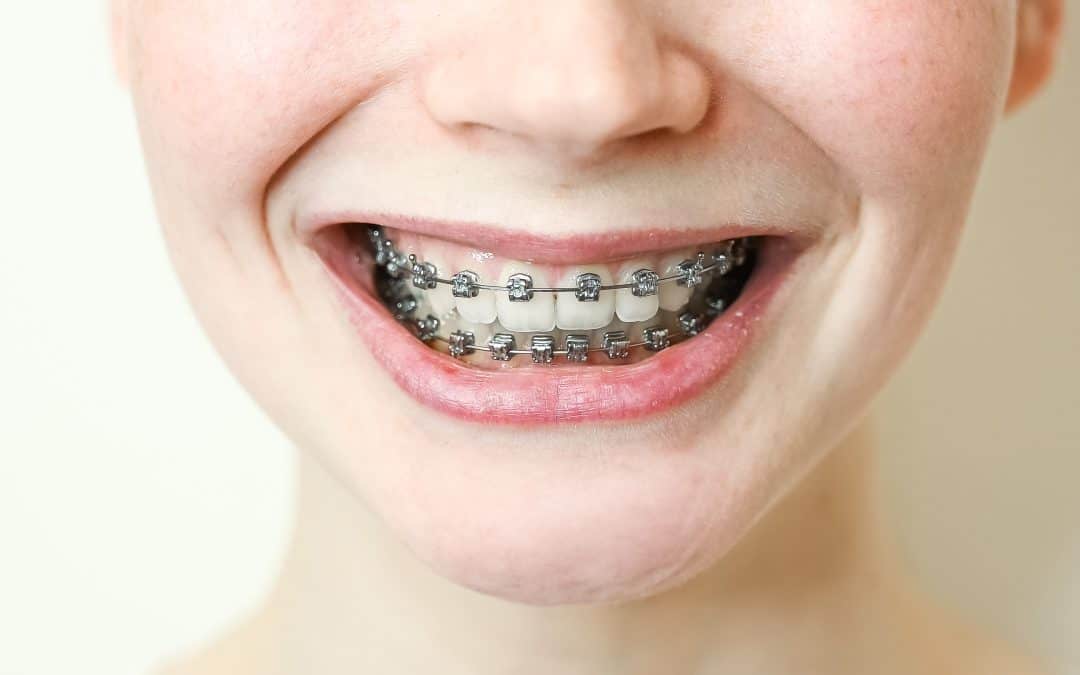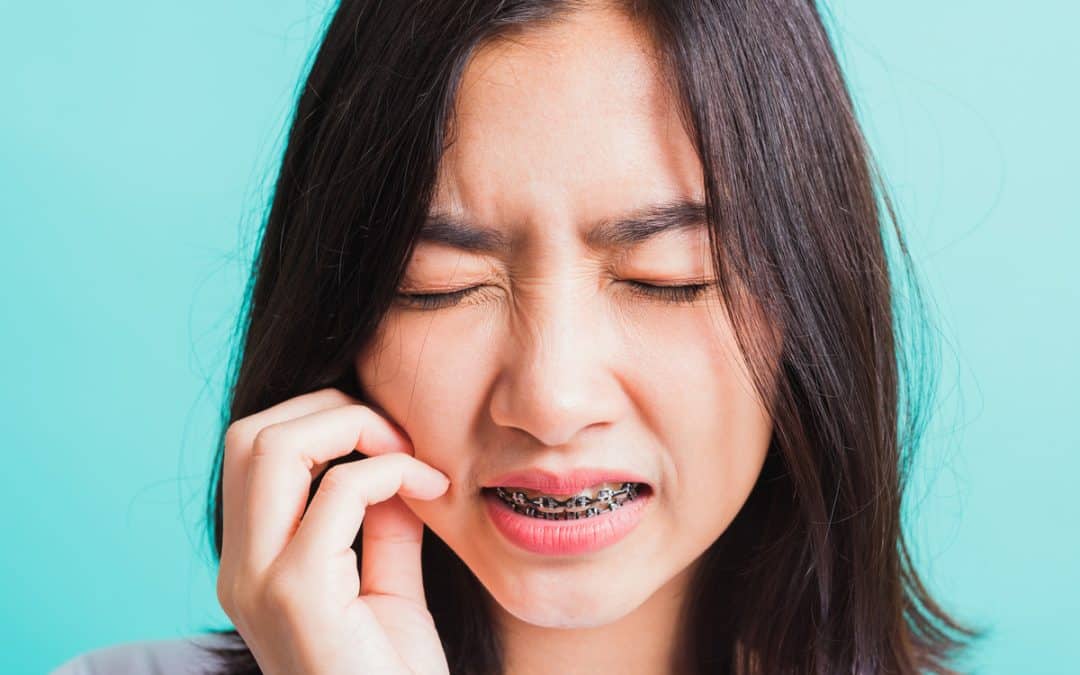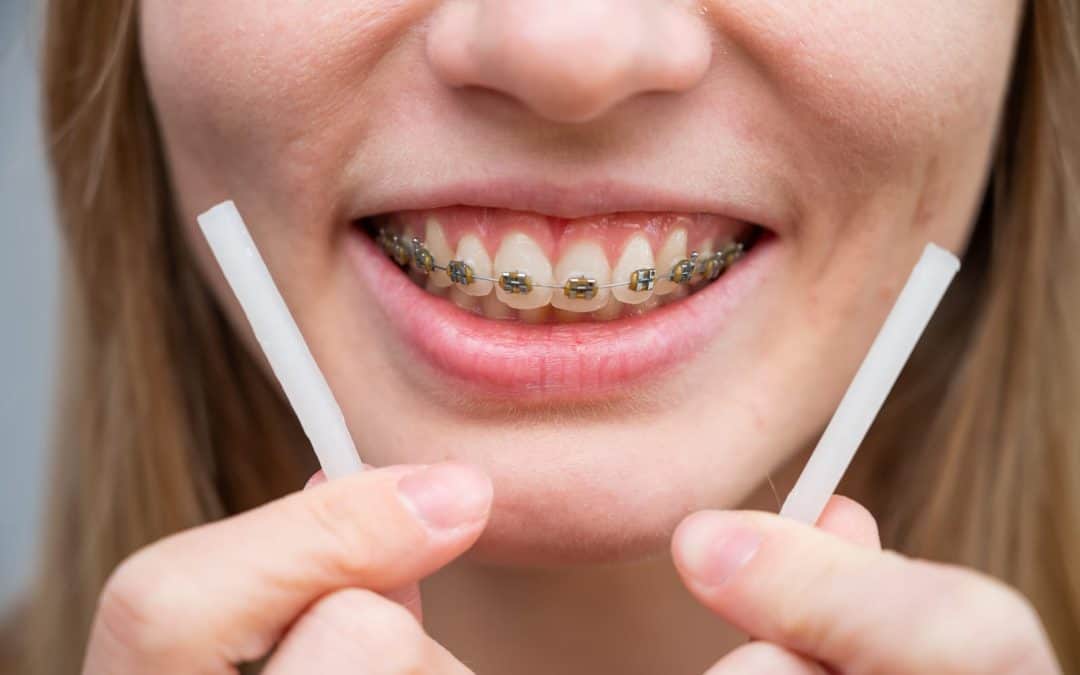Sleep apnea is a medical problem that causes breathing interruptions during sleep. These interruptions can happen many times throughout the night, keeping you awake, and are a source of directional problems untreated. While continuous positive airway pressure (CPAP) machines are the traditional cure for sleep apnea, they also take up alternative therapies, including orthodontic cures like braces for sleep apnea. But can braces be of any use in curing sleep apnea? Let’s look at the various kinds of sleep apnea, their symptoms, and how braces might help.
Unlocking a peaceful night’s sleep: Can braces be the key to curing sleep apnea? Discover the transformative potential of braces for a restful and rejuvenating slumber.
Different Kinds of Sleep Apnea
Obstructive Sleep Apnea:
The most common type of sleep apnea is Obstructive Sleep Apnea (OSA). During sleep, too much relaxation of muscles in the throat region causes partial or complete blockage of the windpipe. This blockage happens intermittently, as breathing patterns are regularly interrupted with repetitive pauses throughout the night. Sometimes, due to an obstruction in the air passage, an individual will struggle in vain for breath, making choking sounds or letting out a gasp.
Central sleep apnea:
Patients with CSA have an unusual feature that separates them from OSA. When the airway is obstructed, OSA causes the body system to collapse, while CSA is caused by the brain’s failure to send the proper signals to your body’s muscles responsible for breathing. These failures disturb the coordination between respiration and brain signals and ultimately result in broken or intermittent pauses in breathing during sleep.
Mixed Sleep Apnea:
This is a two-edged sword named a disease state with obstructive and central sleep apnea characteristics. This kind of sleep disorder is a combined phenomenon of switched forms–some experiencing airway blockage, others not taking enough breath. Those with mixed sleep apnea often show symptoms of both OSA and CSA.
Symptoms of Sleep Apnea
Sleep apnea is a potentially dangerous sleep disorder in which people temporarily stop breathing during sleep; we call these pauses apneas. The following are symptoms of sleep apnea:
Loud snoring:
Another known symptom of sleep apnea is persistent, loud snoring. Sometimes, the snoring disrupts one’s partner’s sleep and may be accompanied by gasps or choking sounds as they start breathing again after an apnea episode.
Temporary cessations:
Sleep apnea episodes involve temporary cessations of breathing during sleep, typically lasting for several seconds to a minute. These pauses can occur numerous times throughout the night, disrupting the regular sleep pattern.
Feeling of always wanting to sleep:
Sleep apnea disrupts sleep quality because you wake up repeatedly throughout the night. For this reason, affected individuals might be plagued with symptoms of being over-tired during the day, whether they’ve spent half their lives in bed or more.
Morning headaches:
People with sleep apnea often complain about their headaches when they wake up. These headaches usually feel blurry and incessant. They may also be accompanied by fatigue and irritability.
Irritability and mood changes:
Continuous sleep deprivation from apnea can significantly affect emotion as well as psychological adjustment. Irritability, mood swings, and frustration are common in people with apnea who aren’t treated for their condition.
Difficulty concentrating:
Because of sleep apnea and its poor sleep fragmentation, a decrease in cognitive function while the individual struggles from memory difficulties, difficulty concentrating, poor cognitive performance, and inadequate sleep at work or school.
Can braces help sleep apnea?
Although braces are mainly for straightening teeth, they can also help improve the dental misalignments that cause obstructions in the airway. Braces may prevent the sinus cavity from closing and thus help avoid the risk of sleep apnea.
Braces for Overcrowding
Crowded or misaligned teeth can cause the jaw to shift positions and narrow, potentially blocking the airway. Braces will gradually straighten teeth out, creating more mouth space and opening the airway. In some,e cases, bracelets may help correct sleep apnea symptoms by realigning the teeth.
Braces for Crooked Teeth
However, crooked teeth not only mar your smile. Irregular teeth not only affect the aesthetics of your smile but can also disrupt natural sleep patterns. Crooked teeth can lead to jaw misalignment or abnormal bite patterns, which may worsen sleep apnea symptoms. They are usually used to straighten the teeth, but braces also help to promote proper jaw alignment and reduce airway obstruction.
Braces for Misaligned Teeth
The positions of the teeth can affect the natural alignment of the jaw all on their own. Misaligned teeth can lead to structural abnormalities that contribute to sleep apnea in three ways: directly or indirectly affecting airflow. Braces will help shift these crooked teeth into their correct positions at a snail’s pace, promoting good jaw alignment and airflow during sleep.
Summary
Why was it a blessing instead of a cure for sleep apnea? When is the sleeping world a tyrant that lets us drift away? Now, let’s talk about dental care options for treating this condition. While CPAP is still the preferred method to control sleep apnea, new orthodontic treatment options, such as removable braces, are also being considered for their potential benefits. However, seeking professional advice from the Dental Health Clinic is essential to determine the most effective treatment for individual differences. The team of dentists offers correct diagnosis and braces for sleep apnea; individuals with sleep apnea can expect better sleep along with an improved quality of life.



